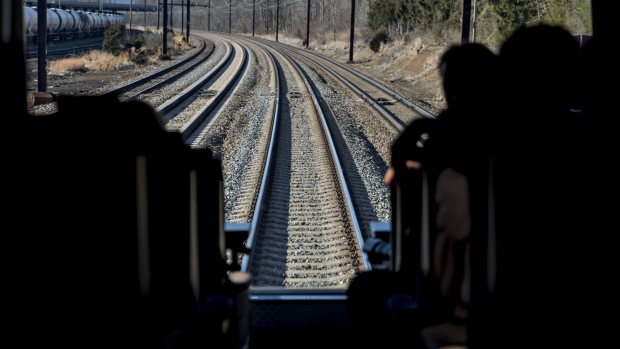Jan 12, 2022
Amtrak CEO Says $75 Billion Growth Plan Relies on State Support
, Bloomberg News

(Bloomberg) -- Amtrak’s new expansion plan that requires a $75 billion federal government investment over fifteen years relies on state partnerships to add intercity service, minimizing the risk of taxpayers being on the hook for large additional subsidies, the railroad’s top official said.
The expansion plan was unveiled after Congress passed a $550 billion infrastructure bill that includes $66 billion for passenger rail improvements that be split between Amtrak and the U.S. Federal Railroad Administration. It calls for adding 39 new routes that Amtrak officials said would bring service to 160 new communities.
“The structure here really relies on states buying this service,” Chief Executive Officer Stephen Gardner said in an interview with Bloomberg News on Wednesday. “These state-supported routes they rely on states basically paying the difference between revenue and operating expense and some capital.”
Gardner cited a recent $3.7 billion deal between Amtrak, CSX Corp.’s rail service and Virginia to expand service in that state. He said the company is eyeing other potential city pairs between which it could provide “trip time competitive service” that would provide an alternative to intercity road trips.
“So the federal government becomes the capital partner but the ongoing operating expense is the responsibility of the states and Amtrak,” Gardner said.
Amtrak currently operates 29 Amtrak routes where state governments provide funding to maintain service on routes shorter that than 750 miles (1,200 kilometers). Congress passed legislation in 2008 allowing the company to shift passenger rail costs to states in exchange for states having more control over their rail service levels.
©2022 Bloomberg L.P.